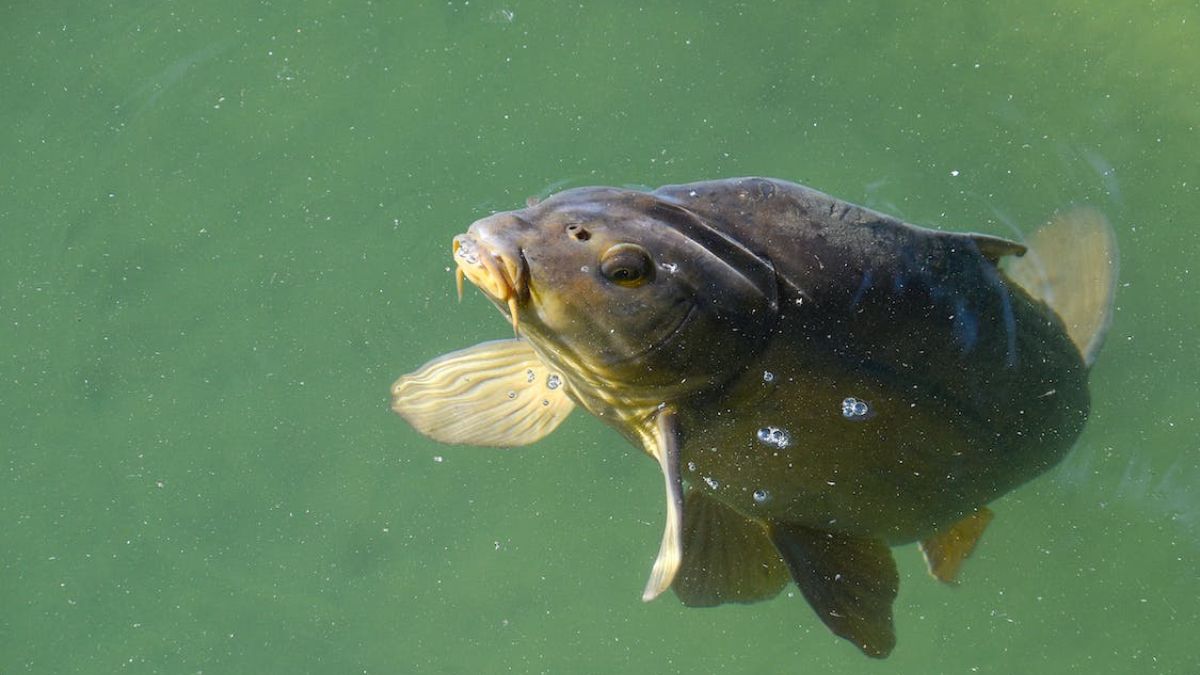The moderate flavour and low cost of this Southeast Asian freshwater fish have helped it acquire favour in the West. The sustainability and safety of swai fish, however, are hotly debated topics. Here, we’ll learn about the history, nutrition, and future of swaifish.
What is Swai Fish?
The swai fish, or Pangasius hypophthalmus, is a type of catfish found in freshwater. It’s widely farmed all over Southeast Asia, but especially in Vietnam, Thailand, and Cambodia. White meat, a mild flavour, and a flaky texture are what set swaifish apart from other varieties.
Nutrition Facts of Swai Fish
Swai fish is a healthy option because it’s low in fat and high in protein and packed with nutrients. About what you may expect to find in a 3-ounce serving of swai fish:
- 90 calories
- 4 grams of fat
- 15 grams of protein
- 25% of the recommended daily intake (RDI) of vitamin D
- 10% of the RDI of vitamin B12
- 8% of the RDI of potassium
You can get your selenium, phosphorus, and niacin fill from swai fish as well.
Is Swai Fish Safe to Eat?
The issue of whether or not swai fish is safe to eat has sparked significant debate. Fish farms frequently use overcrowding and feed their fish diets that may include antibiotics and other chemicals. Some consumers have also noted an unpleasant aftertaste and a pungent fishy odour after eating swaifish.
The FDA in the United States has established regulations to ensure the quality and safety of imported swaifish. In order to sell in the United States, imported swaifish must first pass tests for a battery of pollutants, including medicines and chemicals. However, there are still others who question swaifish’s safety.
Sustainability of Swai Fish
- The future of the swai fish population is another issue of worry. Southeast Asian countries typically have weak rules on fish farming, making them ideal locations for raising swai fish. In some cases, the fish are raised in polluted and disease-prone overcrowded settings.
- Overfishing and the loss of wild fish populations can also be a result of the common practise of raising swaifish in ponds that are refilled with water from rivers and streams. Concerns have also been raised about the potential for environmental damage caused by the use of pesticides and antibiotics in swaifish farming.
- The Marine Stewardship Council (MSC) is one group that has developed sustainable criteria for swaifish farming in response to these worries. These guidelines are meant to encourage eco-friendly and sustainable swaifish production while also promoting ethical fish farming practises.
Additionally
A balanced diet that includes swaifish is possible, as it is with many other types of fish. However, it’s crucial to be aware of the potential dangers of eating swaifish, including chemical and antibiotic contamination and sustainability issues.
- It’s crucial to get your swaifish from a reliable supplier who uses ethical farming methods. Try to find swaifish that has been certified as having been farmed ethically by a group like the Marine Stewardship Council (MSC) or the Aquaculture Stewardship Council (ASC).
- It is also vital to cook swaifish thoroughly to remove any potential health risks. In order to ensure that any bacteria or parasites in swaifish are killed, it should be cooked to an internal temperature of 145 degrees Fahrenheit (63 degrees Celsius). Cleaning your hands and the cooking surface thoroughly before and after handling swaifish can also help reduce the likelihood of contamination.
- The environmental effects of swaifish farming must be taken into account if the practise is to be sustainable. Responsible use of water and feed, as well as a reduction in the use of pesticides, are central to sustainable fish farming practises, which aim to lessen the environmental effect of fish farming.
- If you’re worried about the future of the swaifish population, you might want to look into other options, including tilapia from a sustainable farm or fish from the wild. Reduce your ecological footprint by eating less seafood or switching to plant-based proteins like beans, lentils, and tofu.
Conclusion
Swaifish is a healthy option because it’s low in fat and high in protein and packed with nutrients. While there are some valid reasons to be concerned about the safety and longevity of swaifish, there are also current initiatives to encourage environmentally friendly and sustainable fish farming practises. You should consume swaifish in moderation and only from trustworthy retailers that use ethical farming methods if you decide to give it a try.
In conclusion, swaifish, when eaten in moderation and procured from a trustworthy supplier that employs ethical farming practises, may be a nutritious and cost-effective supplement to your diet. The risks of consuming swaifish, such as contamination and sustainability issues, must be carefully considered before any action is taken.











